Rising Export Opportunities
Brazil's strategic position as a leading agricultural exporter may present new opportunities for the citric acid market. The country is known for its vast citrus production, which can be leveraged to produce citric acid for both domestic and international markets. As global demand for citric acid continues to rise, Brazilian producers may find lucrative export opportunities, particularly in regions with limited citrus production. The potential for exports could lead to an increase in production capacity and investment in the citric acid market industry. This trend suggests that Brazil could become a key player in the global citric acid supply chain, enhancing its economic prospects and market presence.
Growth in the Beverage Sector
The beverage sector in Brazil is experiencing notable growth, which is likely to impact the citric acid market positively. With a rising inclination towards soft drinks, energy drinks, and flavored waters, citric acid is increasingly utilized for its flavoring and acidifying properties. In 2025, the beverage industry is projected to expand by around 6%, driven by changing consumer preferences and a growing middle class. This growth may lead to a higher demand for citric acid as manufacturers seek to enhance the taste and quality of their products. Thus, the citric acid market industry stands to gain from this trend, as beverage producers incorporate citric acid to meet consumer expectations for refreshing and flavorful drinks.
Expansion of Food Processing Industry
The expansion of the food processing industry in Brazil appears to be a pivotal driver for the citric acid market. As consumer preferences shift towards processed and convenience foods, the demand for citric acid as a natural preservative and flavor enhancer is likely to increase. In 2025, the food processing sector is projected to grow by approximately 5.5%, which could lead to a heightened requirement for citric acid. This growth is driven by the rising population and urbanization, which necessitate more efficient food production methods. Consequently, the citric acid market industry may experience a surge in demand as manufacturers seek to improve product shelf life and taste, thereby enhancing their competitive edge in a rapidly evolving market.
Increased Use in Personal Care Products
The rising trend of using natural ingredients in personal care products is likely to bolster the citric acid market in Brazil. Citric acid serves as an effective pH adjuster and preservative in cosmetics and skincare formulations. As Brazilian consumers become more health-conscious and environmentally aware, the demand for products containing natural components is expected to rise. The personal care industry in Brazil is anticipated to grow at a rate of 4% annually, which may translate into increased consumption of citric acid. This trend suggests that the citric acid market industry could benefit from partnerships with personal care manufacturers aiming to meet consumer demands for safer and more sustainable products.
Technological Advancements in Production
Technological advancements in the production of citric acid are likely to influence the market dynamics in Brazil. Innovations in fermentation technology and bioprocessing methods may enhance production efficiency and reduce costs. As Brazilian manufacturers adopt these advanced techniques, the citric acid market industry could witness improved profit margins and increased competitiveness. Furthermore, these advancements may lead to higher quality products, aligning with consumer preferences for purity and sustainability. The potential for reduced environmental impact through more efficient production processes could also appeal to eco-conscious consumers, thereby driving demand for citric acid in various applications.


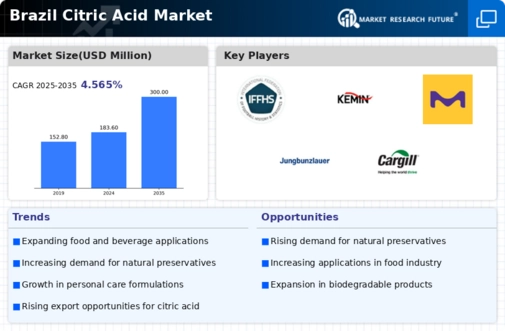
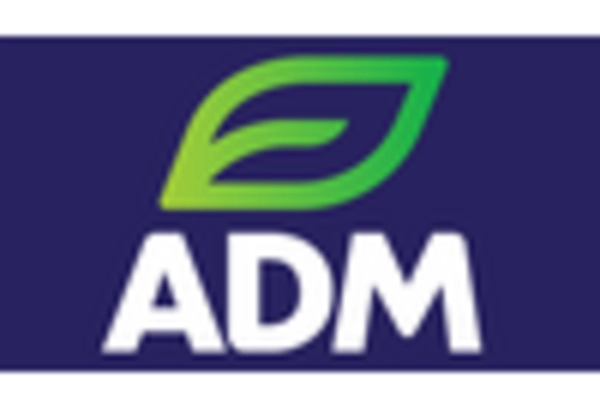
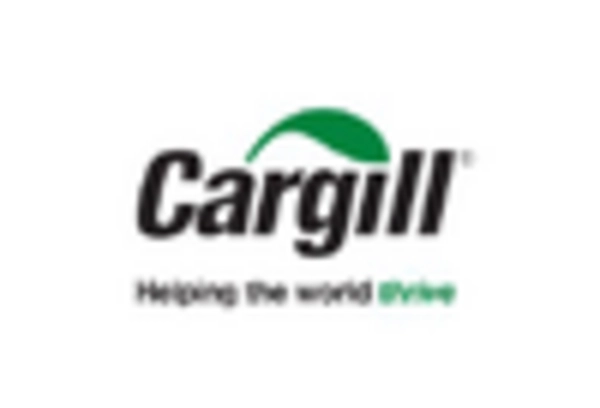
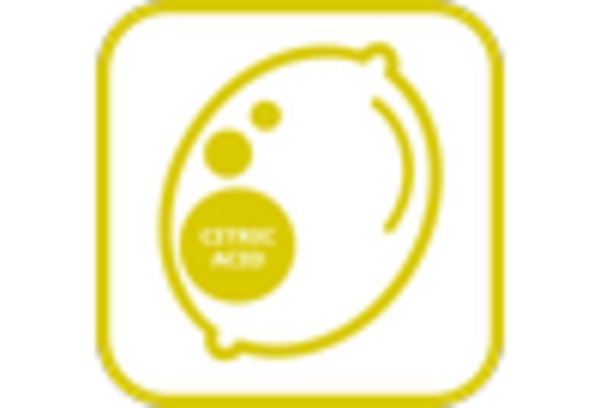

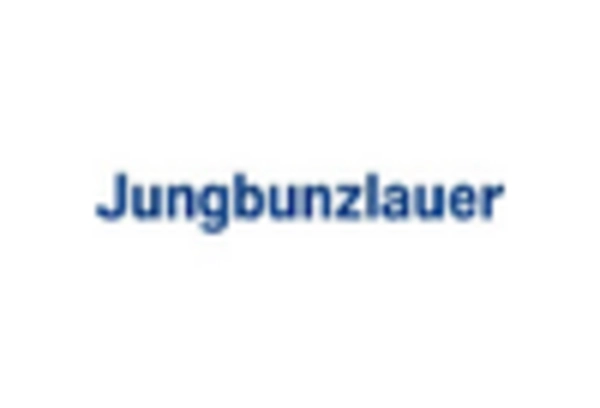
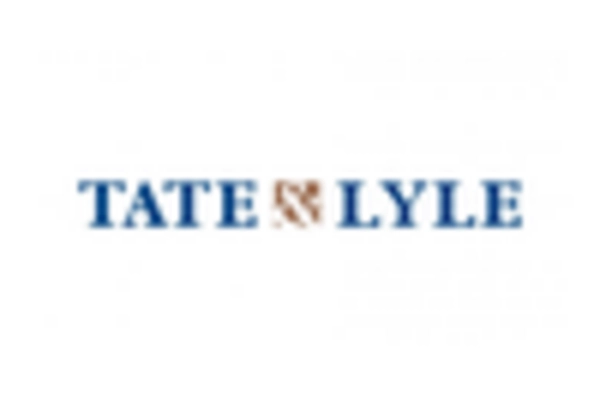








Leave a Comment